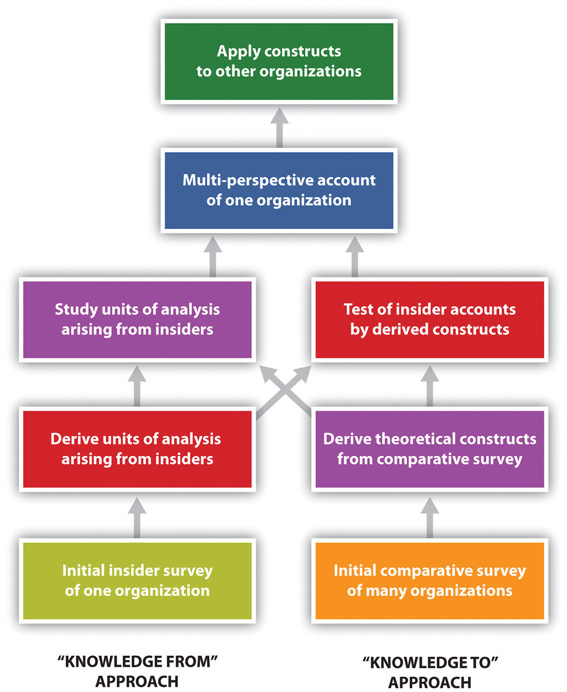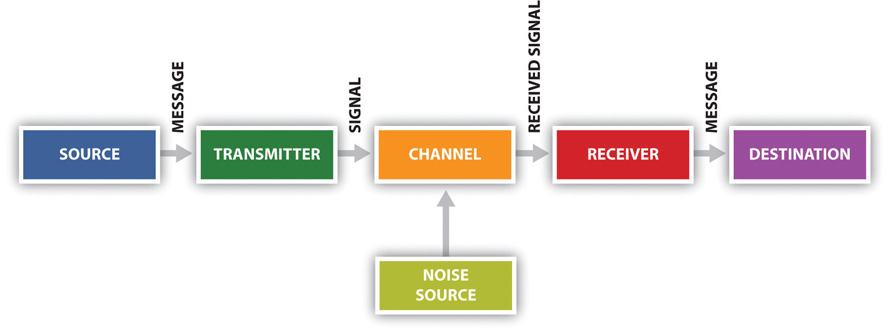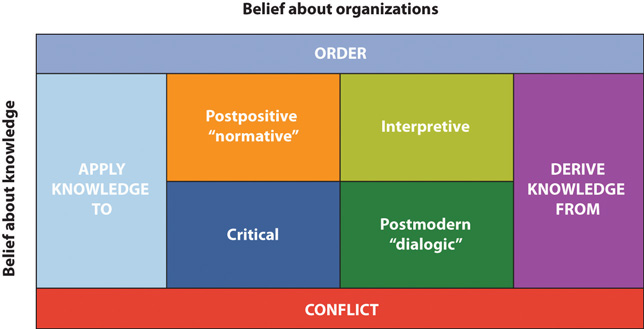Classical Theories of Organizational Communication
His two most important works were Shop Management 1903. Theoretical approaches to human communication including selected theories of language behavior interpersonal small group and organizational interaction persuasion technology and mass communication.

Foundation Of Organizational Behaviour Powerpoint Slides
Managers simply list and analyze all the tasks that need to be accomplished in order to reach organizational goals.

. The key difference between classical and neo classical theory is that the classical theory assumes that a workers satisfaction is based only on physical and economic needs whereas the neoclassical theory considers not only physical and economic needs but also the job satisfaction and other social needs. Network analysis and density visualization identify keywords related to SL. Students in this course examine the application of behavioral theories in organizational settings.
Some important organizational theories are. Thus in order to study the relationships between the individuals working together and their overall effect on the performance of the organization is well explained through the organizational theories. The individual level is the foundation of teamwork.
A report for the Institute for Employment Studies argues that flattening the hierarchy would shorten communication paths stimulate local innovation speed up decision making and create an environment where. According to business theories there are three levels of organizational behavior. The type of structure that develops will be one that provides the organization with.
Classical Organization Theory Neo-Classical Organizational Theory and Modern Organizational Theory. He was an American inventor and engineer. Functional geographical product and customer.
The focus is on individual group and organizational behavior. COMM 305 Theories of Communication. Workplace spirituality work engagement spiritual well-being organizational commitment employee performance job.
There are tons of Google hits on the traditions themselves but I couldnt find anything about theories models or scholars associated with a particular tradition. In the 1990s the theory of hierarchy delayering emerged. As such this article compares and contrasts the theories of organizational communication as put forward by Max Weber Tompkins Cheney and Deetz.
3Classify and group the necessary work activities into manageable units. Individual level group level and organizationalsystems level. Junior or senior classification or approval of instructor.
Im looking for a list or something that links communication theories theorists and scholars to the 7 traditions of communication. In this article we will explore the Classical Organizational Theory. A manager can group activities based on four models of departmentalization.
There are three different types of organizational theory to predict and explain the process and also behavior patterns in an organizational setting. This article provides an overview of the popular theories of organizational communication. Interorganizational communication flows primarily from superior to subordinate and hierarchical relationships serve as the foundation for authority responsibility and control.
Topics include individual differences in employee motivation and job satisfaction group development team building organizational leadership and organizational design culture and. The key themes in this article are that organizational communication is very important for organizational success and hence. The classical theory came into public in the 19 th century.
The founding father of scientific management theory is Frederick W. Max Weber theorized that hierarchical systems encourage informed decision making.

Theories Of Organization Classical Organizational Theory And Systems Theory Youtube

2 1 Classical Management Theories Leadership And Management In Learning Organizations

Modern Theories Of Organizational Communication


Comments
Post a Comment